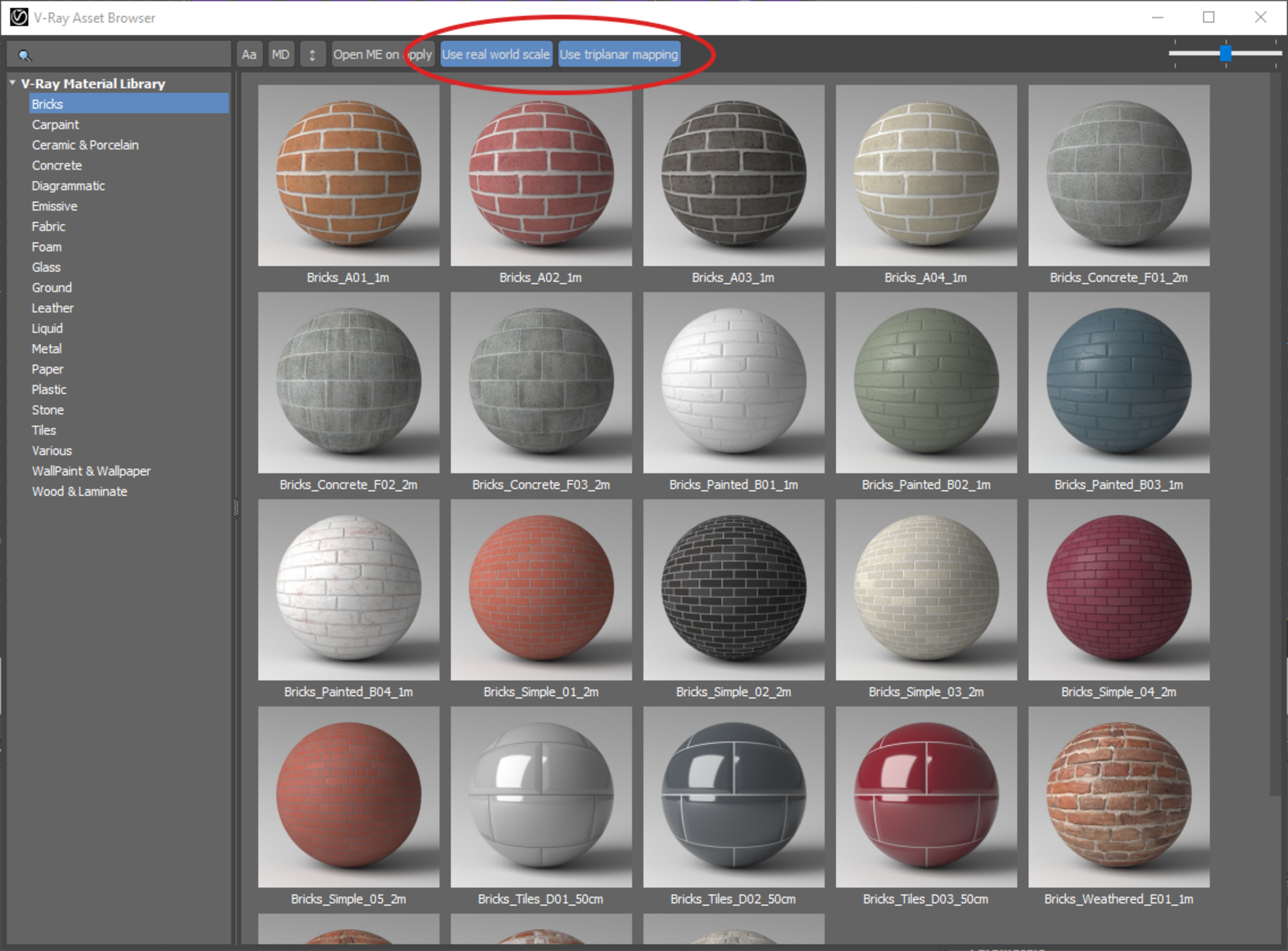
When working with floating point, high intensity lights, its really important to be able to check your work at various exposures, with and without a curve, a lut, and do it quickly. It's SO much better than maya's render view, which should surprise no-one.

assign an envfog via the render globals -> vray -> environment section.Basically you apply it as a global fog, then constrain it to a shape using the envfog as a set: Vlado on the forums hinted it was possible to do, these are the steps. It'll render happily as long as the camera is outside the shape, but disappear once its inside. VRay is amazing at volumes, but the standard behavior is a little confusing if you assign a vrayEnvironmenFog to an object via the volume slot on a shading group. You can then change attributes on the newly created node to change width and taper, and assign materials.Īssign volume to object, but be able to have camera go inside it Select the curves, Create -> VRay -> VRay renderable curve -> Apply to selection. Connect the VRayVertexColours node to the diffuse of a vray material, or any other parameter you want.Polygons menu set > Color -> Color Set Editor.Type in the set name, it'll probably be colorSet1.Bring up the tool panel to choose colours.Output a material id render element, done. Take your mattes, feed them into a layered texture to get the rgb mattes setup as you'd like, then feed that directly to the material_id property of the SG of the blend material. The easy way is to buy Deex's vray arsenal: So if your render scene is called 'shot110_v05', with a render pass called 'fg', your renders will go into a folder like This syntax kind of mirrors the default render structure I'm used to: I swore I tried this on a job and it didn't work, but just tried it again now and it's fine. 9 Subdivs mult as a quick preview quality/render quality slider.8 Vray framebuffer render history gets slow with lots of render elements.

6 Per light render elements with Light Select.5 Assign volume to object, but be able to have camera go inside it.


 0 kommentar(er)
0 kommentar(er)
